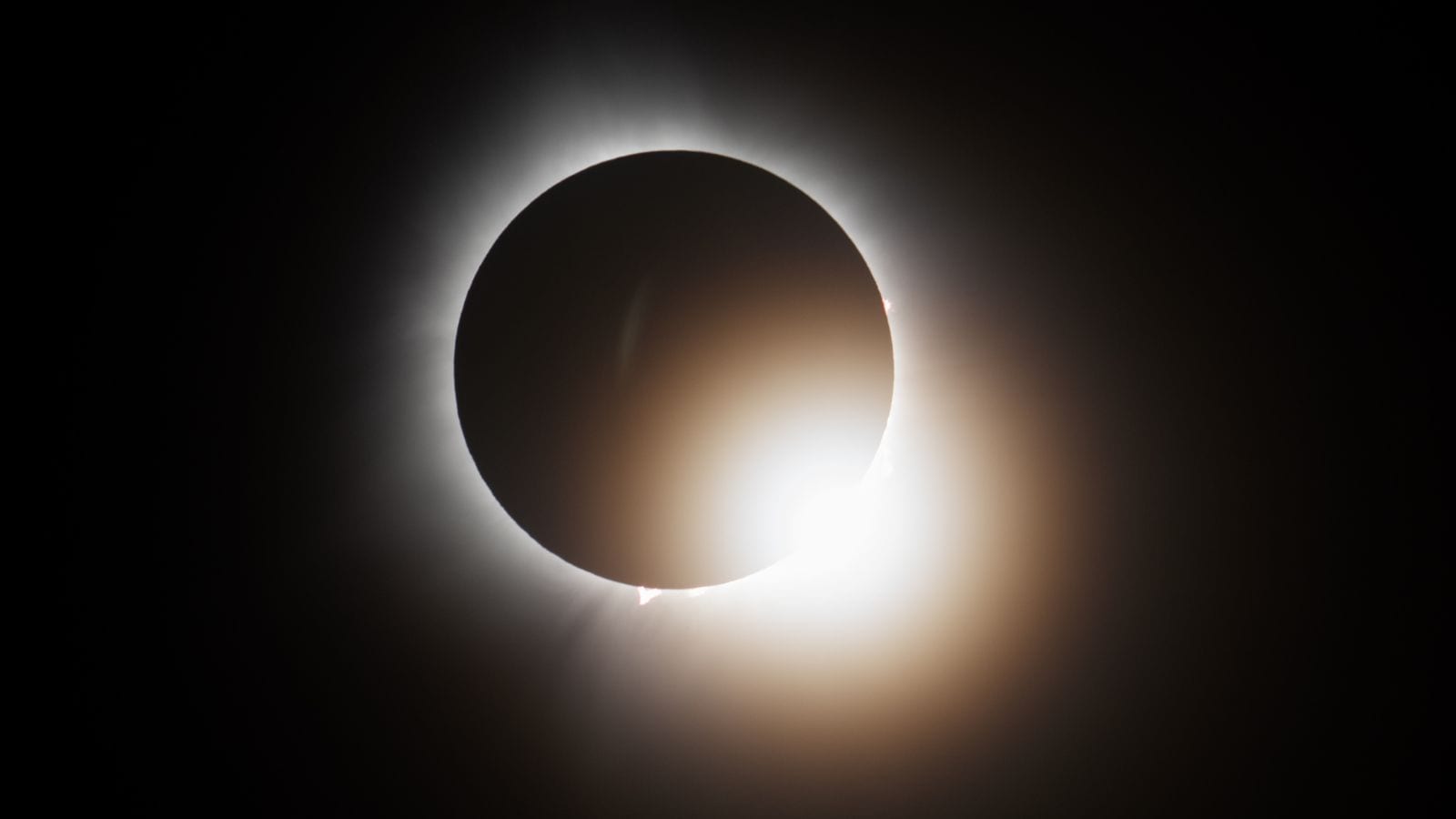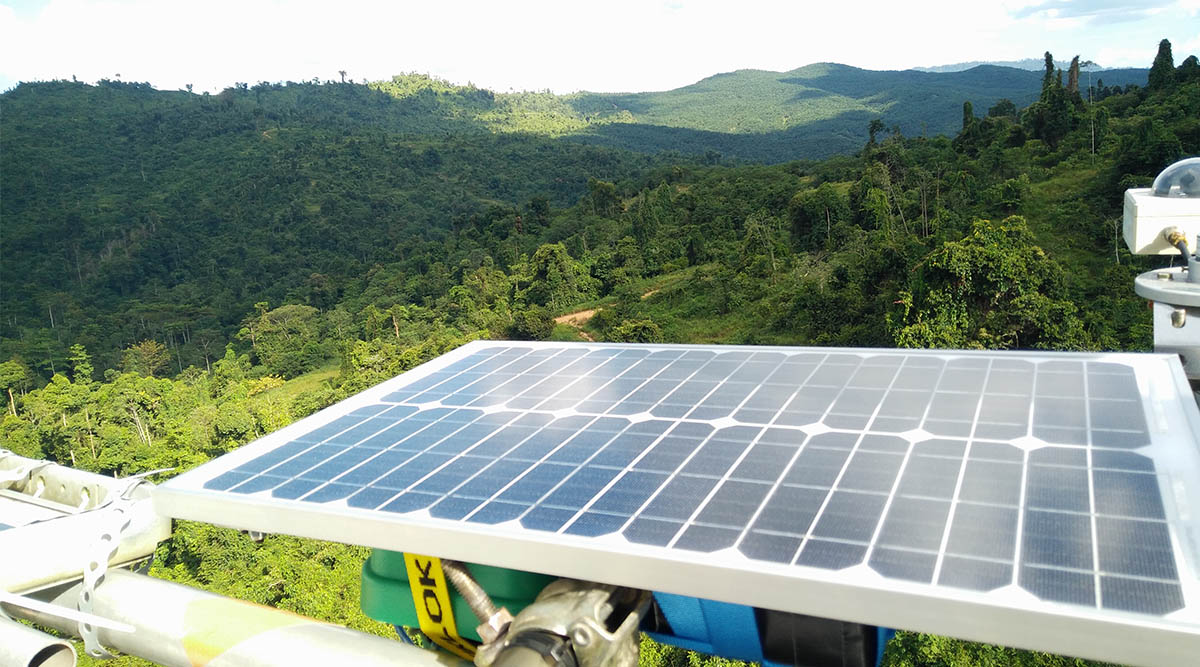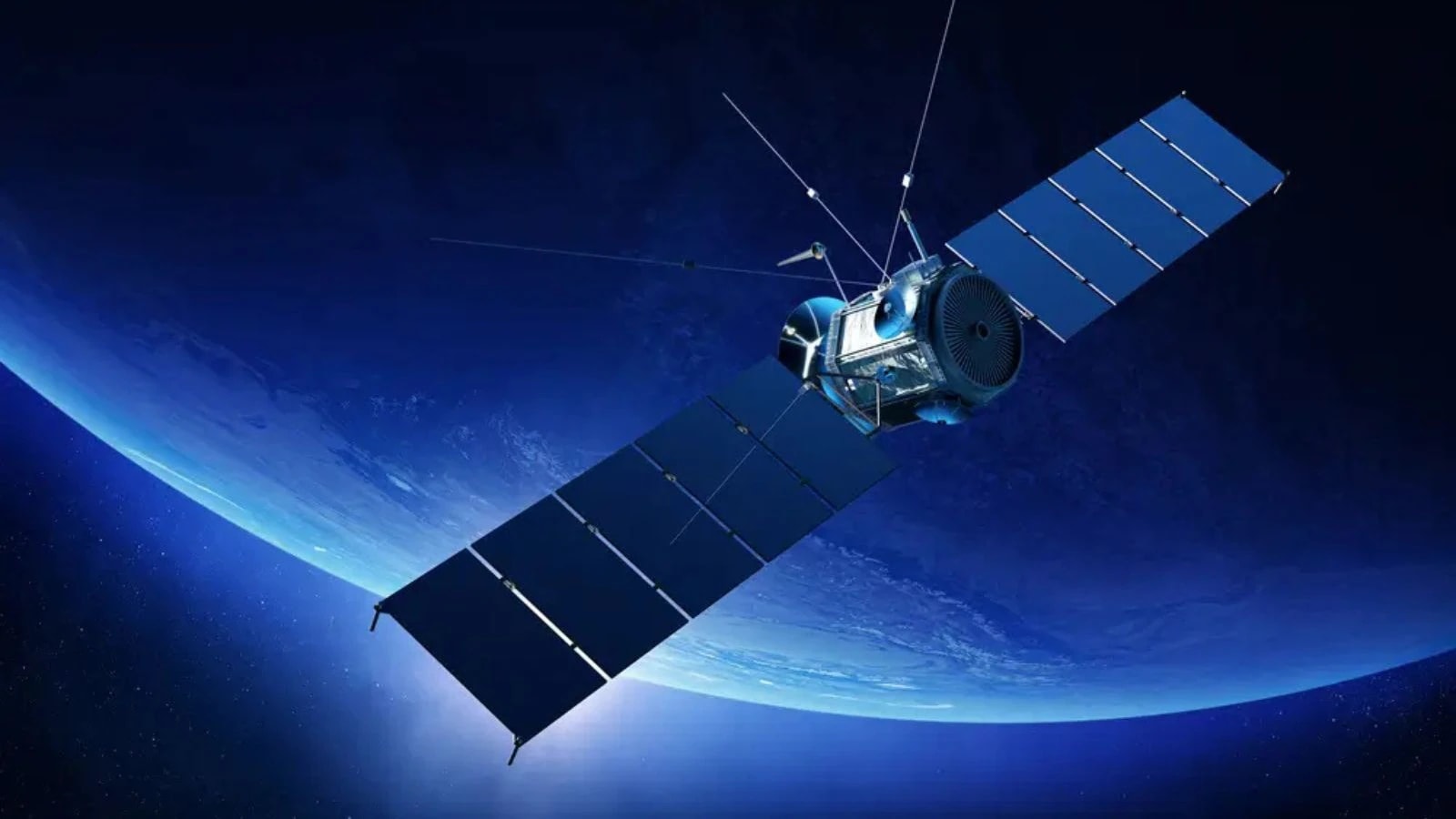Solar eclipses are one of the most important celestial events. It is culturally and scientifically important. While researchers get the chance to study the Sun’s corona and test relativity theories, various cultures see it as a symbol of change and a powerful omen.
This year, the first one, which was a partial solar eclipse, took place on 29 March; the second is slated to occur on September 21. But before you get ready for the next solar eclipse, here’s everything you need to know about this phenomenon.
What is a solar eclipse?
A solar eclipse occurs when the Moon aligns between the Sun and Earth, casting a shadow that partially or completely blocks the Sun’s light. This rare event happens at least twice a year, when the celestial bodies are in alignment.
To safely view a solar eclipse, observers must always use eclipse glasses or a pinhole projector. The only exception is during the brief period of totality of a total solar eclipse. It is advised to never look directly at the Sun without proper protection, including during partial or annular eclipses, or before/after totality. There are different types of solar eclipses; here are some that are going to appear in the upcoming eclipse.
Partial solar eclipse
When the Moon moves between the Sun and Earth but they are not exactly in line, this is known as a partial solar eclipse. The Sun will have a crescent shape because only a portion of it will be covered. People who are not in the region where the Moon’s inner shadow is visible witness a partial solar eclipse during a complete or annular eclipse.
Total solar eclipse
A total solar eclipse occurs when the Moon totally blocks the Sun’s face as it moves between the Earth and the Sun. A total eclipse will occur for those who are in the middle of the Moon’s shadow when it strikes Earth. As if it were dawn or sunset, the sky will grow darker. People who are in the path of a total solar eclipse, if the weather permits, the observer can see the Sun’s corona, or outer atmosphere. Only during a total solar eclipse can spectators temporarily take off their eclipse glasses, which are different from ordinary sunglasses, for the brief instant when the Moon totally obscures the Sun.
Annular Solar Eclipse
When the Moon is at or close to its furthest point from Earth, it can pass between the Sun and Earth in an annular solar eclipse. The Moon appears smaller than the Sun and does not entirely cover it because of its greater distance from Earth. Because of this, the Moon appears as a black disc on top of a brighter disc, giving the appearance of a ring surrounding the Moon.
Story continues below this ad
Upcoming solar eclipses
Here is a list of upcoming solar eclipses to mark your calendar, followed by a quick explainer on the phenomenon.
Partial solar eclipse on September 21
On September 21 this year, a partial solar eclipse will take place. It will be visible from New Zealand, eastern Australia, the Pacific Islands, and Antarctica. The eclipse will begin at 17:29 UTC (10:59 PM IST), reach its peak at 19:41 UTC (1:11 AM IST on September 22), and end by 21:53 UTC (3:23 AM IST).
The entire eclipse will be about 4 hours and 24 minutes. This event will not be visible from India, as it occurs overnight in the region.
Annual solar eclipse: February 17, 2026
Another annular solar eclipse will happen on February 17, 2026. It will be the first solar eclipse of the year. It will be visible from parts of Africa, South America, the Pacific and Atlantic Oceans, the Indian Ocean, and Antarctica.
Story continues below this ad
The partial eclipse will start at 09:56 UTC (3:26 PM IST), and the annular phase (when the Sun appears as a “ring of fire”) will start at 11:42 UTC (5:12 PM IST). The peak eclipse occurs at 12:12 UTC (5:42 PM IST). The annular phase ends at 12:41 UTC (6:11 PM IST), and the partial eclipse ends by 14:27 UTC (7:57 PM IST).
Total solar eclipse on August 12, 2026
Similarly, another solar eclipse will take place on August 12, 2026. It would be the first total eclipse to be visible from mainland Europe since 1999. The eclipse will be visible from parts of Greenland, Iceland, Russia, Portugal, and Spain. The partial eclipse will start at 15:34 UTC (9:04 PM IST), while the total eclipse starts at 16:58 UTC (10:28 PM IST). The eclipse reaches its maximum at 17:46 UTC (11:16 PM IST) and ends at 18:34 UTC (12:04 AM IST, August 13). The final partial phase ends by 19:57 UTC (1:27 AM IST).
Annular solar eclipse on February 6, 2027
This annular solar eclipse will take place on February 6, 2027, from parts of Africa, South America, the Pacific and Atlantic Oceans, and Antarctica. The partial eclipse will start at 12:57 UTC (6:27 PM IST), while the annular (ring-shaped) eclipse will begin at 14:03 UTC (7:33 PM IST). The eclipse will likely reach its maximum at 15:59 UTC (9:29 PM IST). Meanwhile, the final phase of the annular eclipse will end at 17:55 UTC (11:25 PM IST), and the partial eclipse will end entirely by 19:01 UTC (12:31 AM IST on February 7).
Total solar eclipse on August 2, 2027
This total solar eclipse will take place on August 2, 2027. It will be the only eclipse to be visible in India. It will also be visible from parts of Europe, South and West Asia, Africa, eastern North America, and over the Atlantic and Indian Oceans. The partial eclipse will begin at 07:30 UTC (1:00 PM IST), and the total eclipse at 08:23 UTC (1:53 PM IST). The eclipse reaches its maximum at 10:06 UTC (3:36 PM IST). The total eclipse ends at 11:49 UTC (5:19 PM IST), and the partial eclipse ends by 12:43 UTC (6:13 PM IST).








